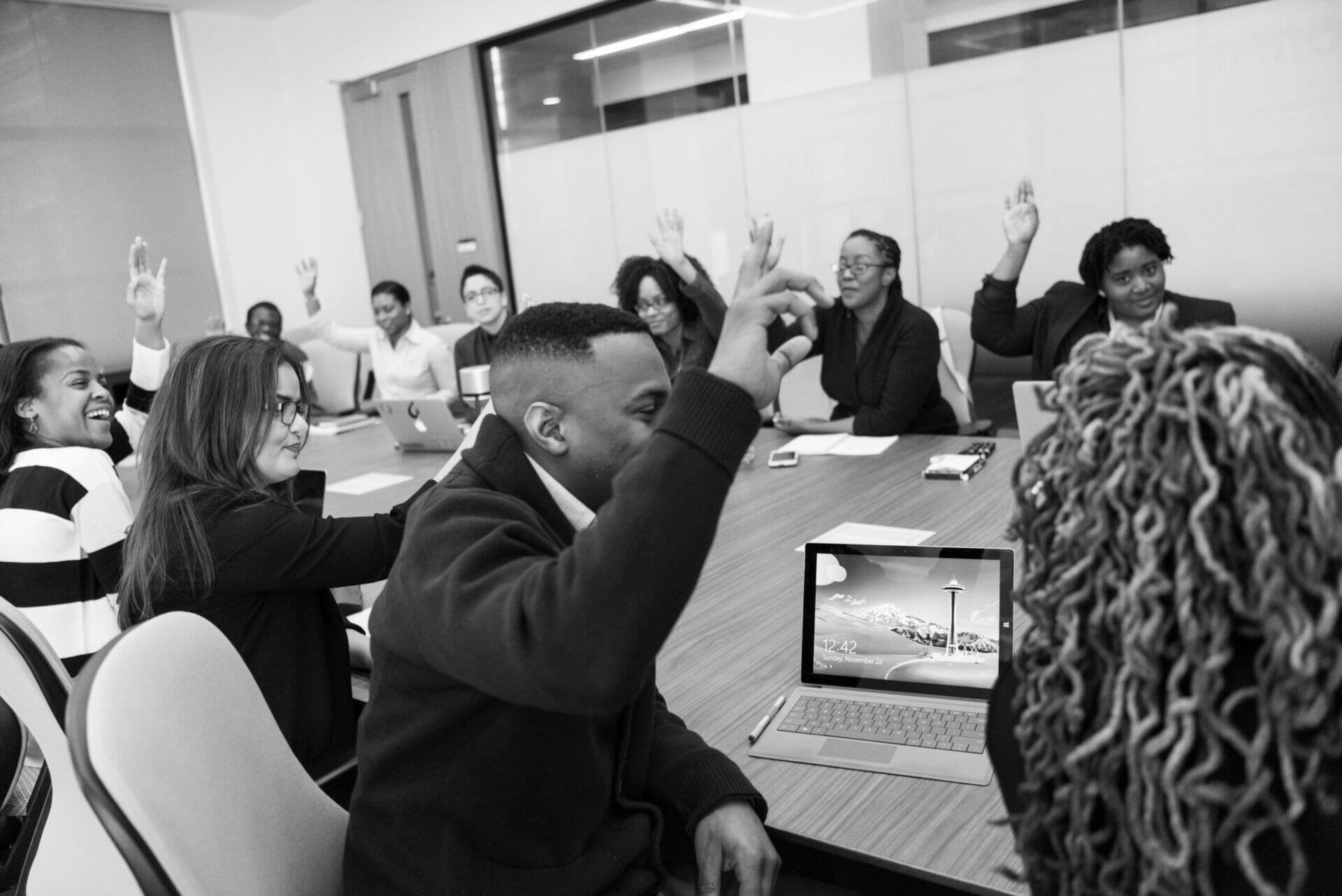“We are trying to construct a more inclusive society. We are going to make a country in which no one is left out.” Franklin D. Roosevelt
My daughter had a tough middle school year. She agonized over how she felt left out of circles and discussions and events. I would often coach her to look past it all and realize that many of her classmates were going through similar things.
Her situation felt different. She told me that she felt like her classmates looked past and through her to talk to and include other people. She was really hurt, and so was her self-esteem. I supported her and told her to hang on a little longer since she would be graduating. Then, one weekend, she looked at one of her social media pages and noticed that one of those classmates had a birthday party that included mostly everyone from her class but excluded a few.
She was not invited. And although this was not a new occurrence, it still hurt.
I get it!
Everyone has the right to invite whomever they want to their parties. However, social media changes the impact in many ways because people can celebrate and exclude others in a more public way.
I can’t help but think about how Inclusion plays a similar role in the workplace.
Are there people inside your organization who feel passed over and looked through? Are there high-performing employees who have great things to say but don’t get a chance to say them?
How inclusive are you?
Do you make sure that unpopular voices have a seat at the table? Are they in the room but not really recognized as an important voice? Do you look through certain people to cater to those who look a certain way or speak a certain way?
Below are five considerations if you are striving to be a more inclusive leader:
1. LISTEN AND ACT
Who do you listen to? Do you consider the narrow view of just a few, or make sure you include people with varied backgrounds? Do you act upon the most common voices, or are you courageous enough to act upon the uncommon feedback?
Inclusive leaders both look for and listen to diverse perspectives and take certain actions to show that those perspectives are valued.
If you want to be a more inclusive leader, listen to everyone and commit to taking action on much of what you hear.
2. EXPAND YOUR CIRCLE
Who is in your inner circle? Leaders who take the time to ensure that their circle is only homogeneous in values and purpose and not based upon the same physical characteristics or background are simply more inclusive.
Some years ago, I had a diverse coaching client who recalled a time when her boss held a firm party and excluded her. She found out about it, because others in the office were talking about it and brought gifts back they received at the party. She felt like an outsider and did not understand why it happened. Her boss never gave her an explanation.
Was this type of behavior typical for this leader? Most likely, yes! We are often more comfortable with people who share our same lived experiences. But, unfortunately, when we surround ourselves with people like us, we create more blind spots and minimize our chances of creating more innovative teams.
Inclusive leaders go out of their way to include people who might challenge their thinking and bring innovative ideas to the table.
If you want to be a more inclusive leader, review and expand your inner circle.
3. COLLABORATE OFTEN
To collaborate means to admit that you alone don’t have the answers. Instead, the best solutions spring from the back and forth at the collaboration table.
If you want to be a more inclusive leader, dare to invite many different types of people to the table because that is when the fun begins!
4. AUDIT HIRING AND PROMOTION PRACTICES
Affinity bias is real. It is when we are inclined to include those around us who are like us. When hiring and promoting team members, this type of bias can be a barrier to real Inclusion. Audit your hiring and promotion practices and consistently ask yourself whether you are letting bias get in the way of including others who aren’t like you.
5. MONITOR THE LANGUAGE BEING USED
To be an inclusive leader, we must consider the language we use around those inside or outside our circle. To include also means to make someone feel welcome or like they are important. If we are or someone in our circle is using words that exclude, then we have a problem. Take the time to evaluate and research the right things to say and how to refer to certain situations and people in your space. So often, we or those around us initiate microaggressions against those in marginalized groups and harm them by our words.
Inclusive leaders monitor for this and tweak and adjust along the way.
________________________________
Someone once told me that “diversity is being invited to the party, and Inclusion is asking them to dance.” So let’s all commit to being the kind of leaders who ask many people to dance!




